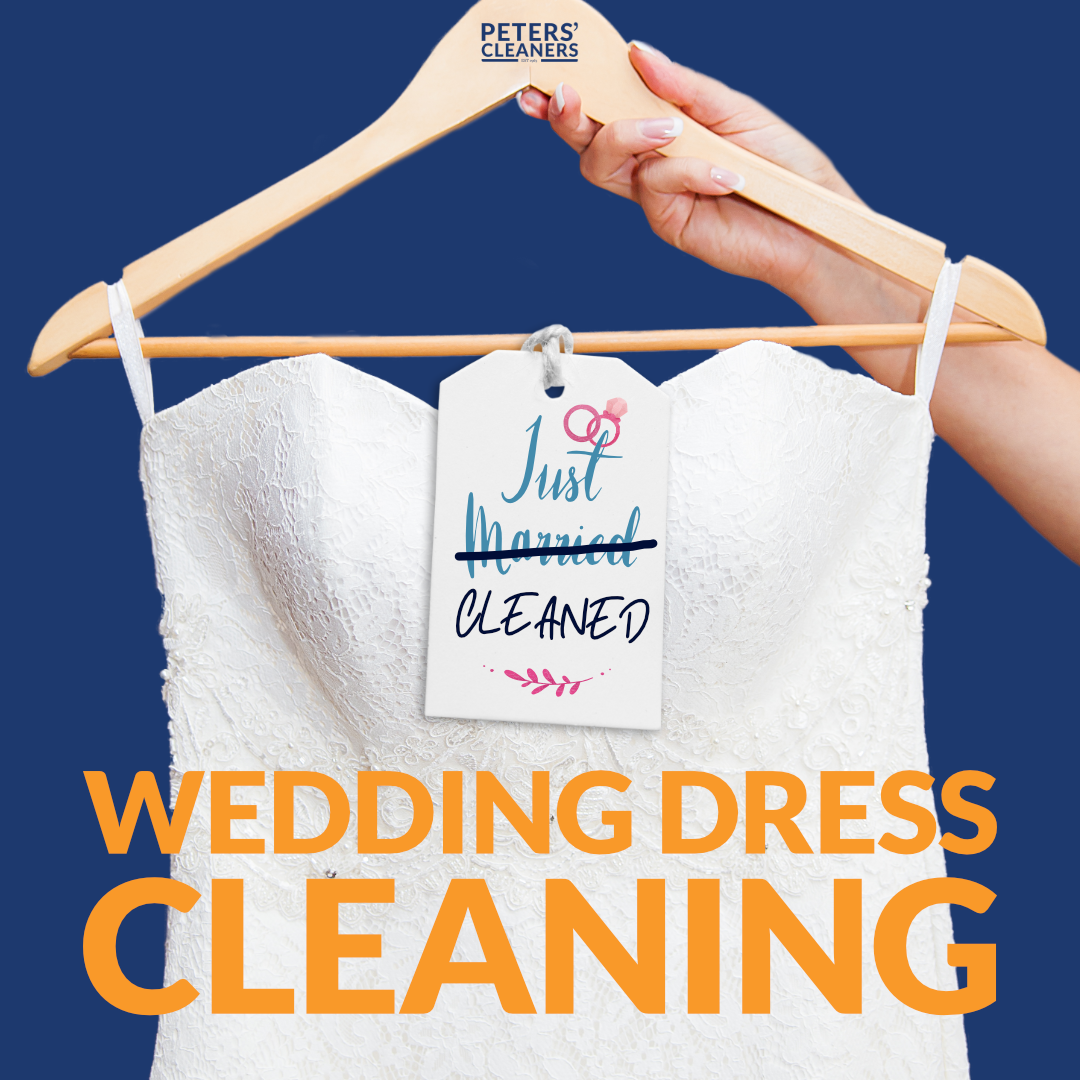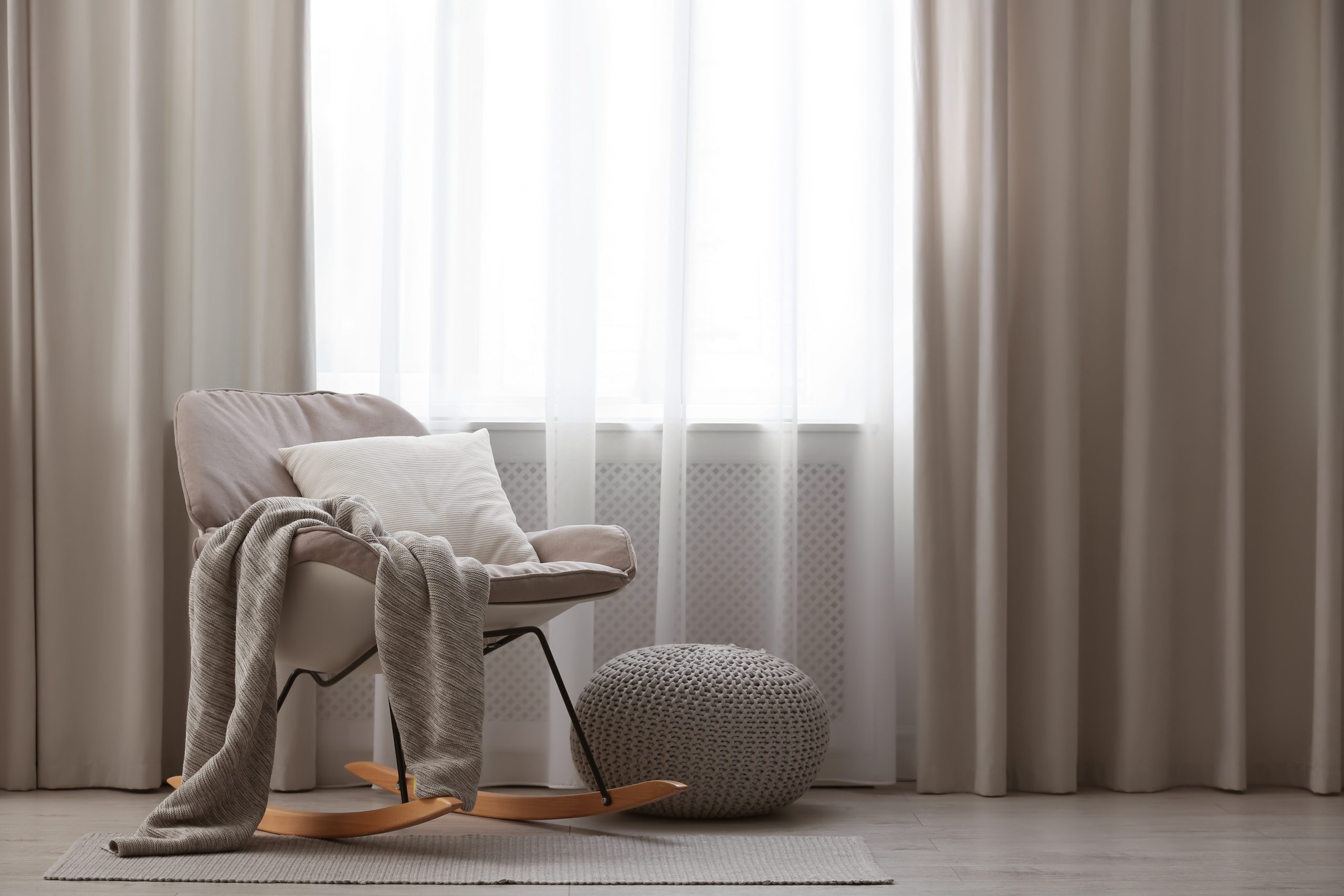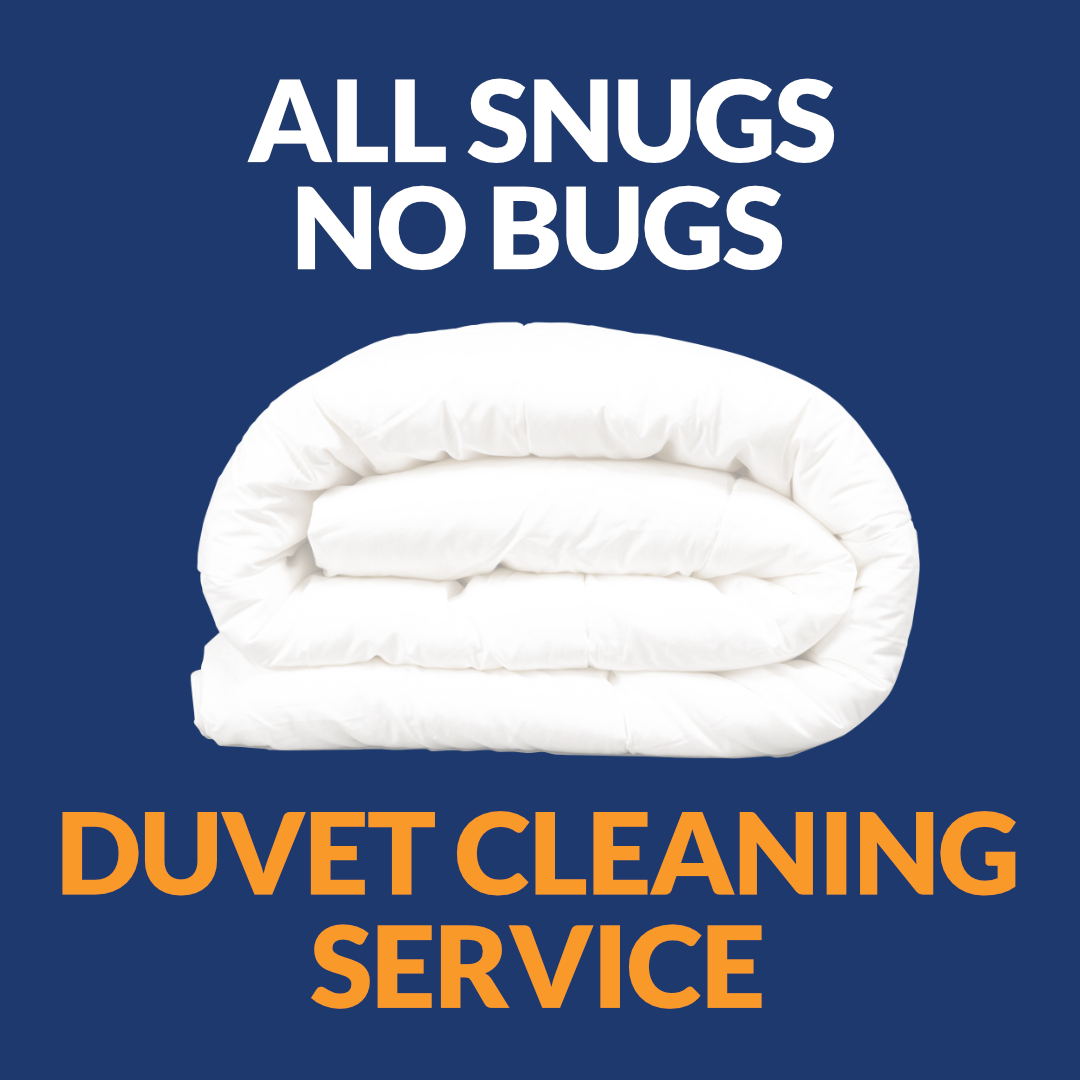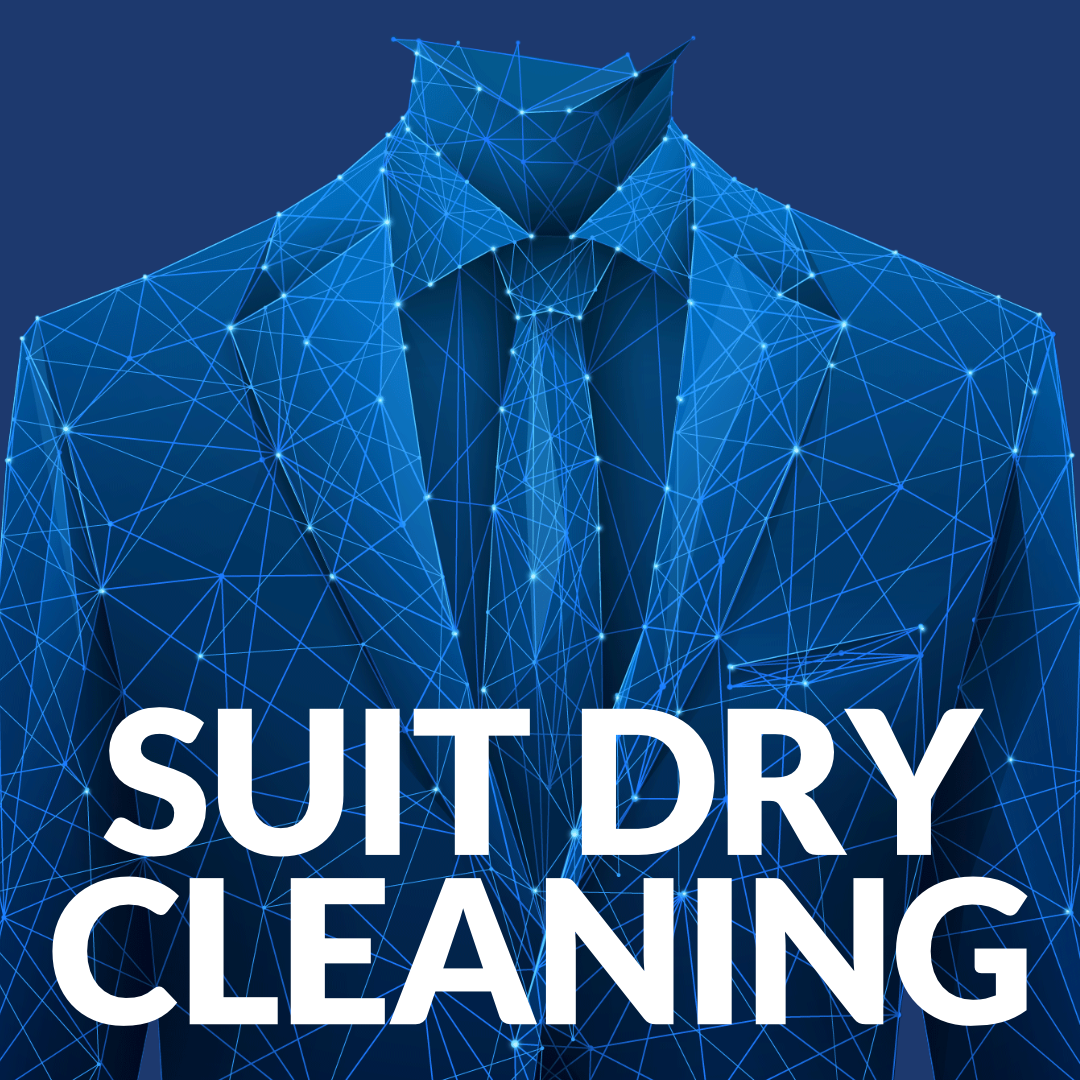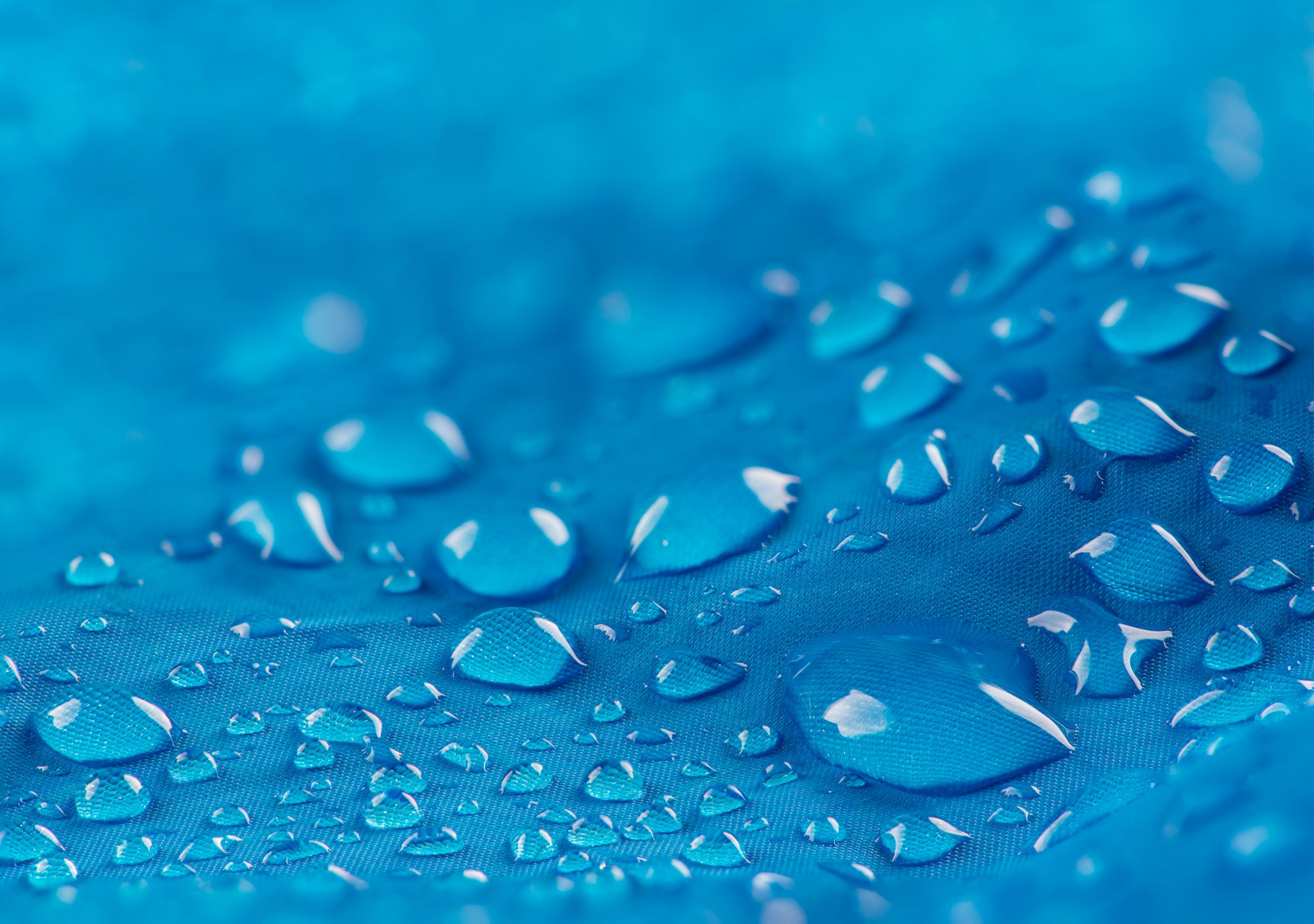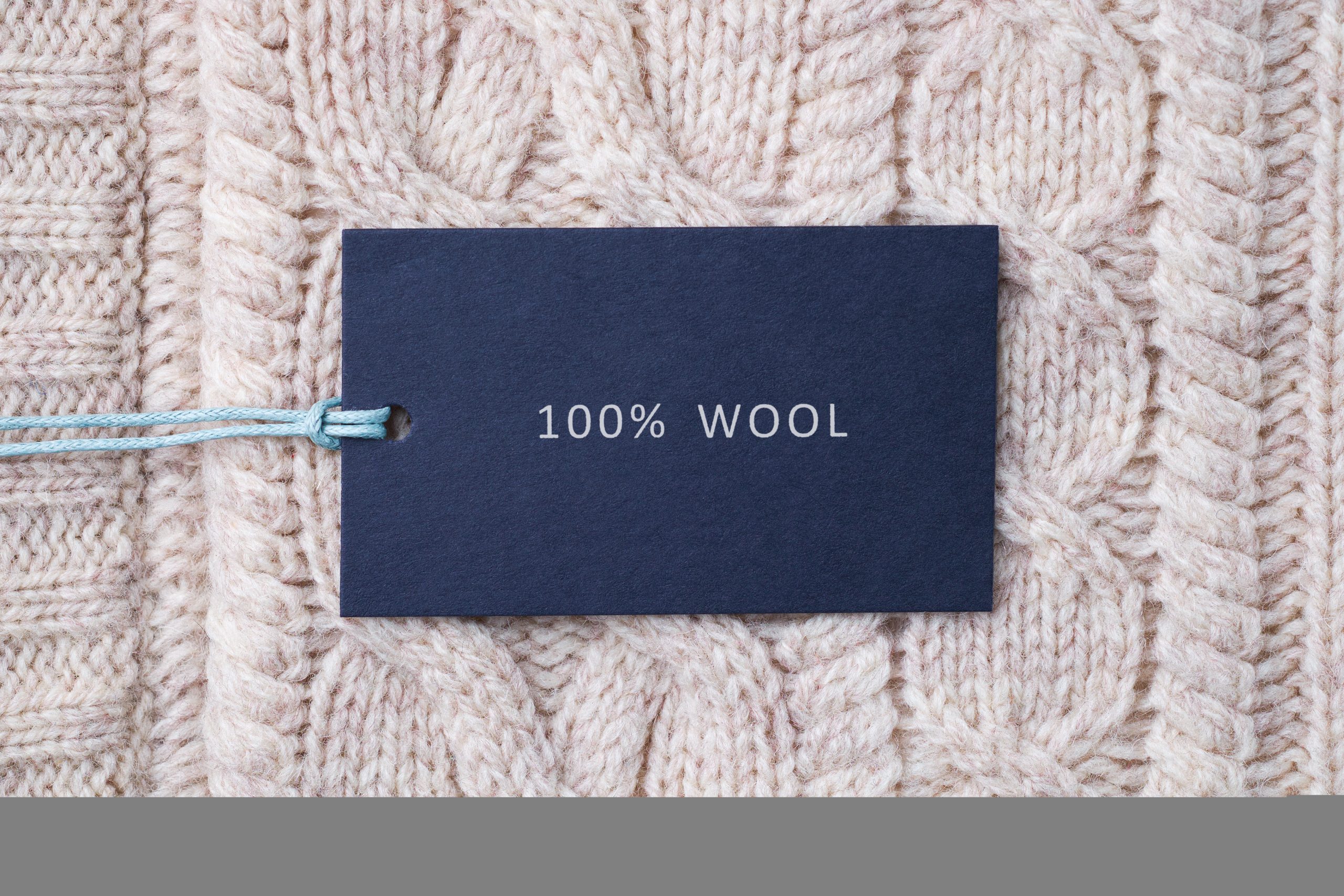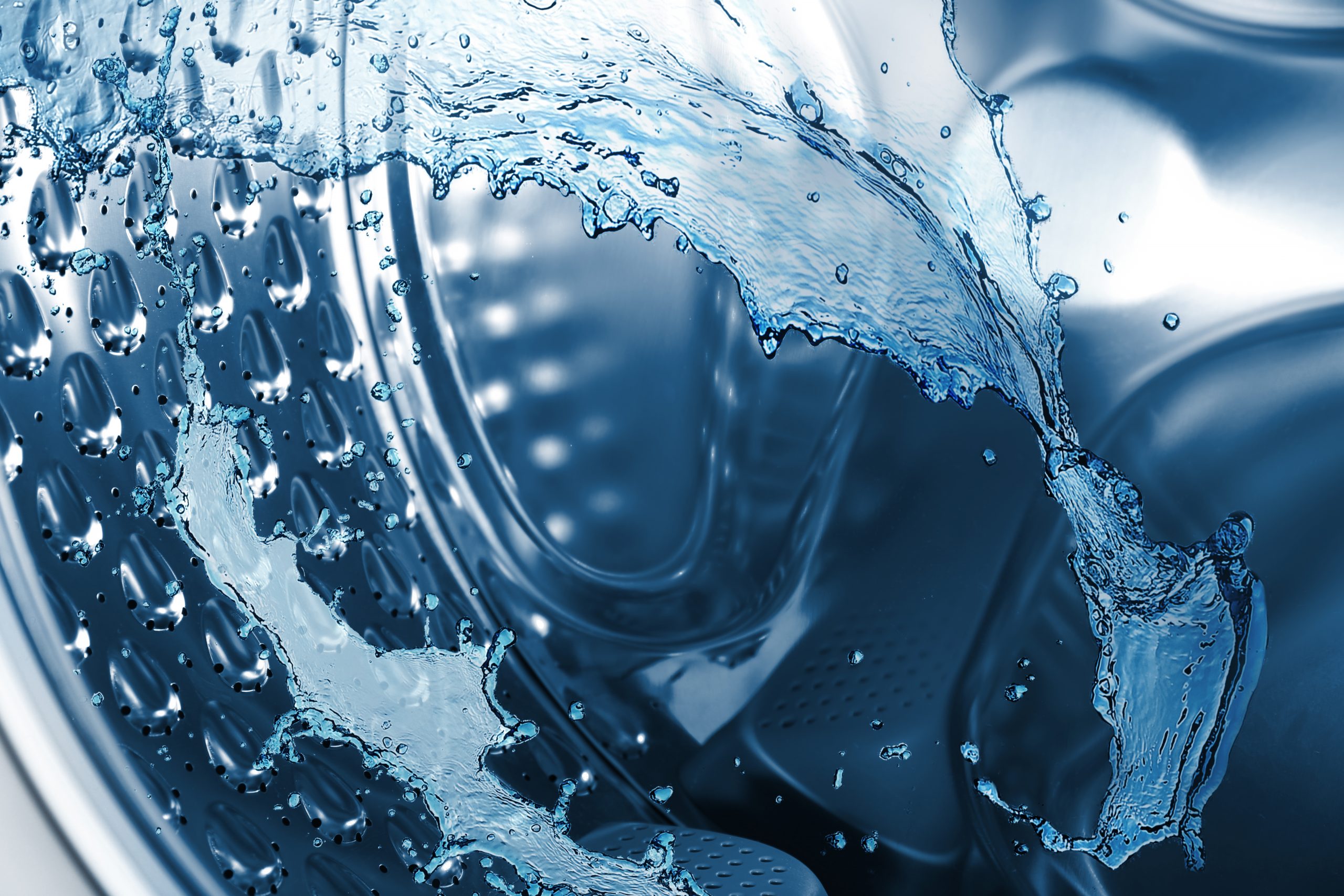How much does it cost to dry clean a suit?
We all love looking sharp and fresh, whether it be for special occasions, nights out, interviews or work. So, do higher prices mean a better dry-cleaned suit? This blog will explain the costs of dry-cleaning 2- and 3-piece suits in the UK.
2-piece and 3-piece suits
From the off, a 2-piece suit is jacket and trousers, whilst a 3-piece suit is jacket, waistcoat and trousers. Since suits contain a mix of different fabrics such as wool, cashmere, linen, cotton, silk, velvet and polyester, getting them dry cleaned requires professionals. This is because if you cleaned your suit(s) in a washing machine, the materials could shrink, and the shape of the suit will change. This will be covered in a later blog, “How often should you dry clean your suit?”.
Suit dry cleaning prices across the UK
As discovered in a previous blog, dry cleaners apply cost-plus and competition pricing. However, they apply either different or the same prices per area. For example, Johnsons Dry Cleaners price their 2-piece suit at £15.50 and 3-piece suit at £20 wherever in the UK. But, in the North of England, a 2-piece suit can cost anything from £9.50 and 3-piece suits from £11.49. Whereas for the South of England, a dry cleaned 2-piece suit can cost from £8.95 and a 3-piece suit from £11.95. What’s more, in London, American Dry-Cleaning Company price a dry cleaned 2-piece suit from £18 and a 3-piece suit from £24.63. But the most expensive is Jeeves of Belgravia (London), with prices for dry cleaning a 2-piece suit starting from £47.99 and a 3-piece suit from £63.99. If you dry cleaned your 2-piece suit at £8.95 once a month for a year you would pay in excess of £107; whilst for a 3-piece suit at £11.49 once a month for a year you would pay over £137 (but this does depend on how regularly you wear and dry clean your suits). So, there can be vast differences in pricing, but it does show why it pays (quite literally) to shop around.
Why?
Dry cleaners price their service to add value and make a profit to stay in business. The prices increase depending on the make of suit (from Burtons to Armani) and the number of items; hence why 3-piece suits are more expensive. Regarding the dry-cleaning process, the prices reflect the wash (i.e. laundering and tumble drying), the ironing or pressing and final stage of folding or hanging. For example, lesser services (i.e. dry cleaners who offer wash, iron and hang) cost less than those who offer wash, iron and fold. This is because of not having the additional human labour cost of folding the items.
All are not the same
Not all dry cleaners offer the same services. Some UK dry cleaners offer an iron or press only service for shirts and suits. This is because we – as customers – do not necessarily need to dry clean our suits all the time. So, shop around for the best service deal for you.
Special offers
Although most UK dry cleaners have fixed prices for 2- and 3-piece suits others provide special offers. For example, Johnsons Dry Cleaners give customer discounts and other benefits through their Priority Club Membership, whereas Timpsons dry clean 2- and 3-piece suits for free for anyone unemployed; only if you need an outfit cleaned for a job interview. One way to prove your job interview is showing the interview invitation email or letter from the employer. Both offers are available across the UK and you only need to ask at the counter. But, like anything, read the small print and ensure you know what you are getting yourself in to.
Conclusion
To answer the question “How much does it cost to dry clean a suit?”, you can dry clean 2-piece suits from £8.95 and 3-piece suits from £11.49 in the UK, with discounts and special offers available (if you know where to look…). However, prices depend on the dry cleaner used, your location, the type of service, the make of your suit and the number of items for dry-cleaning. Therefore, the answer to “Does higher prices mean a better dry-cleaned suit?” is two-fold; you decide because of them. You decide whether the dry cleaner can do the job to your satisfaction at a respectable, yet affordable price.
By the way…
Be sure to come back soon for more dry-cleaning insights with our next blog, “How often should you dry clean your suit?”.


